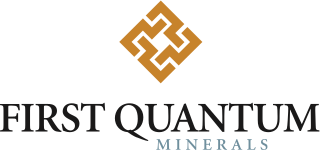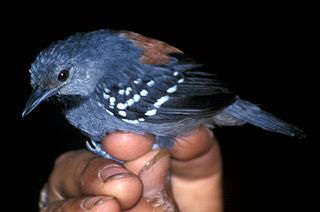| Economy of Ecuador |
|---|
 |
| Overview |
| Ecuador topics |
Mining in Ecuador was slow to develop in comparison to other Latin American countries, in spite of large mineral reserves. [1] As late as 2012, according to the United Nations , Ecuador received less foreign direct investment per person than any other country in Latin America.[ citation needed ] During the 1980s, mining contributed only 0.7 percent to the Ecuadorian economy and employed around 7,000 people. Minerals were located in regions with little to no access, hindering exploration. Ecuador has reserves of gold, silver, copper, zinc, uranium, lead, sulfur, kaolin and limestone. The latter practically dominated the early industry as it was used in local cement plants. [2]
Contents
- Mining Reform under Correa (2007-17)
- Copper and silver mining
- Mirador
- San Carlos-Panantza
- Gold mining
- References
Gold, which was largely forgotten since its early exploitation in the sixteenth century, regained momentum in the 1980s. Ecuador was exporting 2.4 tons per year by 1987, which was mostly discovered in the southern Sierra region, as well as the southeastern province of Zamora-Chinchipe.
In 1985 Ecuador's Congress passed a new law to encourage foreign exploration and investment that simplified regulation and offered higher financial incentives and lower taxation for investors, while also establishing the Ecuadorian Institute of Minerals (Instituto Ecuatoriano de Minería—Inemin) under the Ministry of Energy and Mines. [2]
Mining has contributed to environmental conflict in Ecuador; and Indigenous-led popular uprisings have made demands for Indigenous consultation on mining projects and increased protection for land and water. During 2012, Indigenous leaders organised a two week march to the capital in protests of mining concessions granted to China. In the absence of any state enforcement, many communities located near the extraction site have taken a different approach towards opposing mining by creating a group of Indigenous guardians. In 2017, members of the A'i Cofán of Sinangoe began to police their ancestral land near the Colombian border in the northern Ecuadorian province of Sucumbíos to suspend mining concessions. They use drone footage, camera traps, GPS spots, and mapping to identify places and locate threats. [3] On the other hand, in June 2022, protestors used a physical approach halting production at Mirador copper mine by blockading entry roads as part of a larger national uprising that made multiple demands on the Ecuadorian government, including a moratorium on the expansion of mining and oil projects. [4]
According to a report by the Organization of American States, illegal gold mining and gold exports have increased in Ecuador since the COVID pandemic as the value for an ounce of gold hasn't dropped below $1,500. “Corruption of public officials, particularly at the local level, and insufficient government presence in mining areas also contribute to illegal gold-mining activity.” [3] As of February 2023, illegal gold mining has devoured 1,600 hectares (4,100 acres) of forest, according to the Amazon Andes Monitoring Project (Maap). Many of the territories in which mining is done lack formal state recognition, making them more vulnerable to illegal mining. At the same time, the formal sector has grown by 34% between January and November 2022 to $2.5 billion, with the government expecting it to reach at least $4 billion by 2025. [3]









